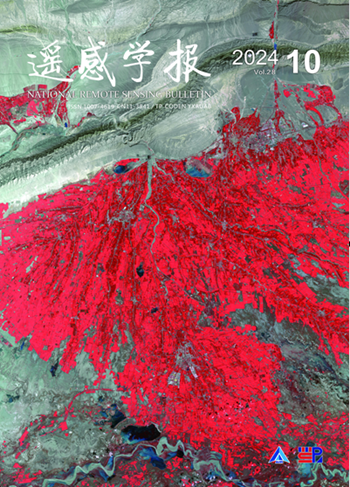利用先进遥感技术绘制树种图:最新进展与展望
引用次数: 27
摘要
及时和准确的树种信息对于制定可持续管理和保护人工林和天然林的战略至关重要。在过去的四十年里,遥感技术的进步使TS分类成为可能。由于已经对该主题进行了许多研究,其综合结果和新发现已发表在文献中,因此有必要对现状、趋势、潜力和挑战进行最新审查,并建议未来的方向。该综述将概述各种光学和光探测与测距(LiDAR)传感器;介绍和评估TS分类的当前各种技术/方法以及方法发展的总体趋势;并确定限制并建议未来的方向。在这次审查中,作了几点结论性发言。它们包括以下内容:(1)关于该主题的一大组研究使用了高分辨率卫星、机载多/高光谱图像和机载激光雷达数据。(2) 观察到该主题的“多种”方法发展趋势。(3) 包括深度学习模型在内的机器学习方法被证明在提高TS分类准确性方面具有重要意义。(4) 近年来,基于无人机的传感器在相关研究和应用方面引起了研究人员和从业者的兴趣。此外,还建议了未来的三个方向,包括完善三类“多种”方法,开发新的数据融合算法或处理链,以及探索新的光谱分解算法,从卫星高光谱数据中自动提取和映射TS光谱信息。本文章由计算机程序翻译,如有差异,请以英文原文为准。
Mapping Tree Species Using Advanced Remote Sensing Technologies: A State-of-the-Art Review and Perspective
Timely and accurate information on tree species (TS) is crucial for developing strategies for sustainable management and conservation of artificial and natural forests. Over the last four decades, advances in remote sensing technologies have made TS classification possible. Since many studies on the topic have been conducted and their comprehensive results and novel findings have been published in the literature, it is necessary to conduct an updated review on the status, trends, potentials, and challenges and to recommend future directions. The review will provide an overview on various optical and light detection and ranging (LiDAR) sensors; present and assess current various techniques/methods for, and a general trend of method development in, TS classification; and identify limitations and recommend future directions. In this review, several concluding remarks were made. They include the following: (1) A large group of studies on the topic were using high-resolution satellite, airborne multi-/hyperspectral imagery, and airborne LiDAR data. (2) A trend of “multiple” method development for the topic was observed. (3) Machine learning methods including deep learning models were demonstrated to be significant in improving TS classification accuracy. (4) Recently, unmanned aerial vehicle- (UAV-) based sensors have caught the interest of researchers and practitioners for the topic-related research and applications. In addition, three future directions were recommended, including refining the three categories of “multiple” methods, developing novel data fusion algorithms or processing chains, and exploring new spectral unmixing algorithms to automatically extract and map TS spectral information from satellite hyperspectral data.
求助全文
通过发布文献求助,成功后即可免费获取论文全文。
去求助
来源期刊

遥感学报
Social Sciences-Geography, Planning and Development
CiteScore
3.60
自引率
0.00%
发文量
3200
期刊介绍:
The predecessor of Journal of Remote Sensing is Remote Sensing of Environment, which was founded in 1986. It was born in the beginning of China's remote sensing career and is the first remote sensing journal that has grown up with the development of China's remote sensing career. Since its inception, the Journal of Remote Sensing has published a large number of the latest scientific research results in China and the results of nationally-supported research projects in the light of the priorities and needs of China's remote sensing endeavours at different times, playing a great role in the development of remote sensing science and technology and the cultivation of talents in China, and becoming the most influential academic journal in the field of remote sensing and geographic information science in China.
As the only national comprehensive academic journal in the field of remote sensing in China, Journal of Remote Sensing is dedicated to reporting the research reports, stage-by-stage research briefs and high-level reviews in the field of remote sensing and its related disciplines with international and domestic advanced level. It focuses on new concepts, results and progress in this field. It covers the basic theories of remote sensing, the development of remote sensing technology and the application of remote sensing in the fields of agriculture, forestry, hydrology, geology, mining, oceanography, mapping and other resource and environmental fields as well as in disaster monitoring, research on geographic information systems (GIS), and the integration of remote sensing with GIS and the Global Navigation Satellite System (GNSS) and its applications.
 求助内容:
求助内容: 应助结果提醒方式:
应助结果提醒方式:


